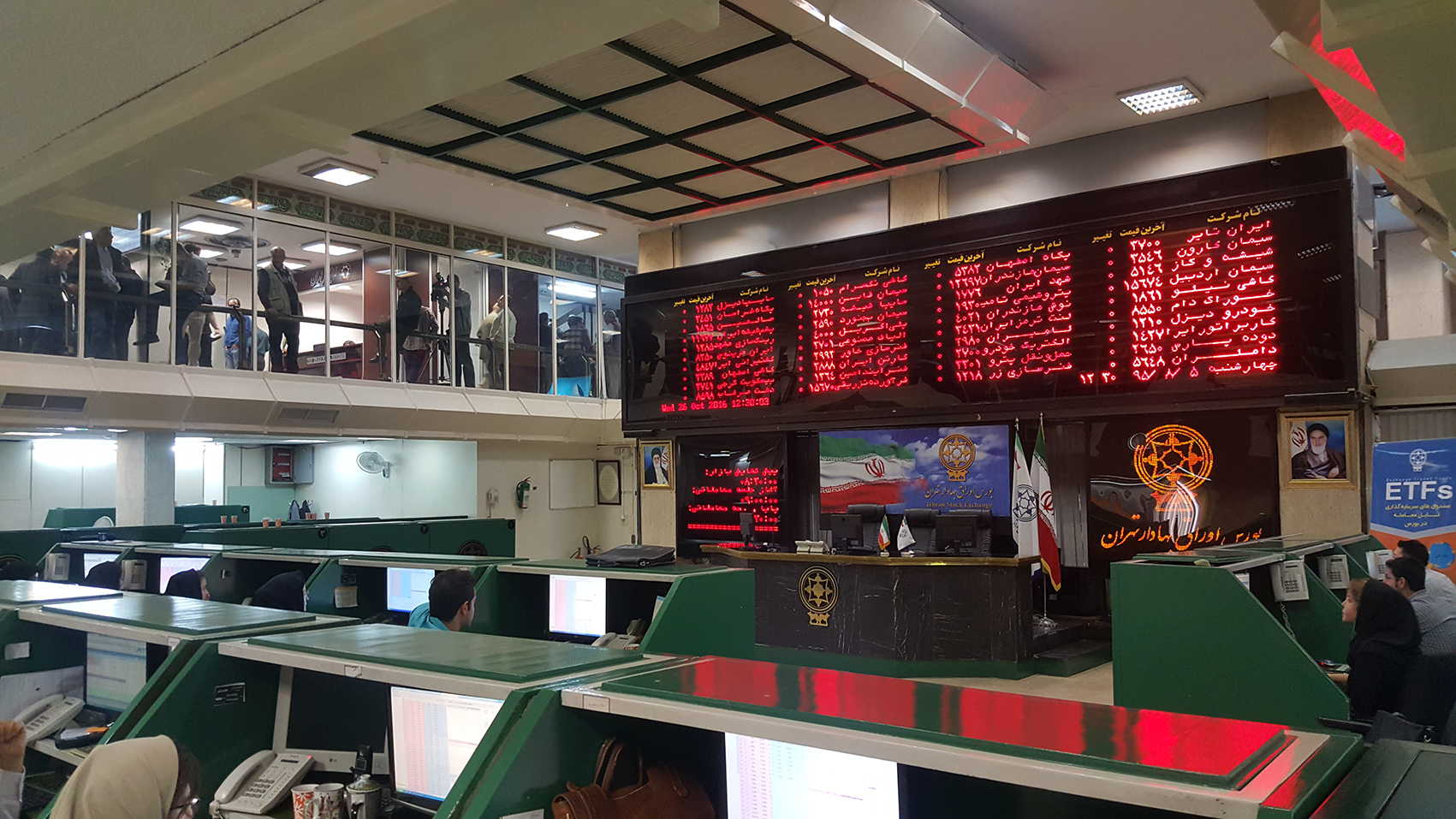A week has passed since President Hassan Rouhani’s swearing-in ceremony to start his second term, which he says will be focused on improvement of the economy.
The Persian daily Iran has looked back at macroeconomic indicators and market conditions over the past four years.
Arguably, helping the country come out of recession and reining in the runaway inflation have been two of the administration's most prominent achievements.
The Iranian economy grew 12.5% in March 2016-17, according to the Central Bank of Iran's latest report, though the strong growth is attributed mainly to the rise in oil production following the implementation of Iran's nuclear deal in January 2016.
GDP growth, without taking oil into account, stood at 3.3%, CBI added, noting that the oil sector registered a dramatic 61.6% growth last year.
The international sanctions were lifted as part of a landmark deal Iran signed with world powers in July 2015. Tehran agreed to limit the scope of its nuclear program in exchange.
Iran’s economy emerged from recession in the fiscal 2014-15, with a 3% growth after two years of recession when the economy contracted 5.8% and 1.9% back to back.
Growth for 2015-16 has been put at -1.6% by CBI and 0.9% by the Statistical Center of Iran.
Bringing inflation under control is another feather on Rouhani's cap. A point-to-point inflation of 43.1% was handed to Rouhani in August 2013 by former president, Mahmoud Ahmadinejad. The 12-month average inflation reached 40.4% in Rouhani’s third month in office, which was a record high in more than 17 years.
The inflation went below 40% in September 2013 and after a year, the government was able to cut it by half. An inflation of below 20% was registered in September 2014. The rate kept falling and reached 15% in March 2015 and from that point on, it held steady until the figure fell below 10% for the first time after about a quarter century in June 2016. It then followed a downtrend until it bottomed out at 8.6% in mid autumn.
Inflation has been on the rise ever since, going above 10% in the 12 months ending June 21. However, the Economy Ministry expects the overall inflation rate for the current Iranian year to March 20, 2018, to remain in the single digit territory.
According to the latest report released by CBI, the average inflation rate for the 12 months ending July 22 stood at 10.3%.
Iran's capital market has experienced a growing trend during Rouhani’s four-year tenure despite wild fluctuations.
The main index of Tehran Stock Exchange added 23,969 points from August 5, 2014, to August 6, 2017, posting a 42% growth.
TEDPIX recoded its all-time record high on January 5, 2014, when the benchmark hit 89,500.6.
Moreover, the relative stability experienced in Iran's economy under Rouhani owes in part to stemming forex market volatilities. A brief look at the four years’ foreign exchange rates shows that the rial has not lost remarkably against the main international currencies such as the dollar, euro and pound.
This is while the US dollar grew about 300% against the rial during the previous administration, after sanctions targeted Iran’s banking system in 2012. But, under Rouhani, the rial merely lost 20% against the US currency.
And gold prices have followed an uptrend under Rouhani, albeit more slowly compared to other presidential terms in Iran. The commodity has risen 14% under Rouhani, while it grew 983% during the two terms of former president, Mahmoud Ahmadinejad.


